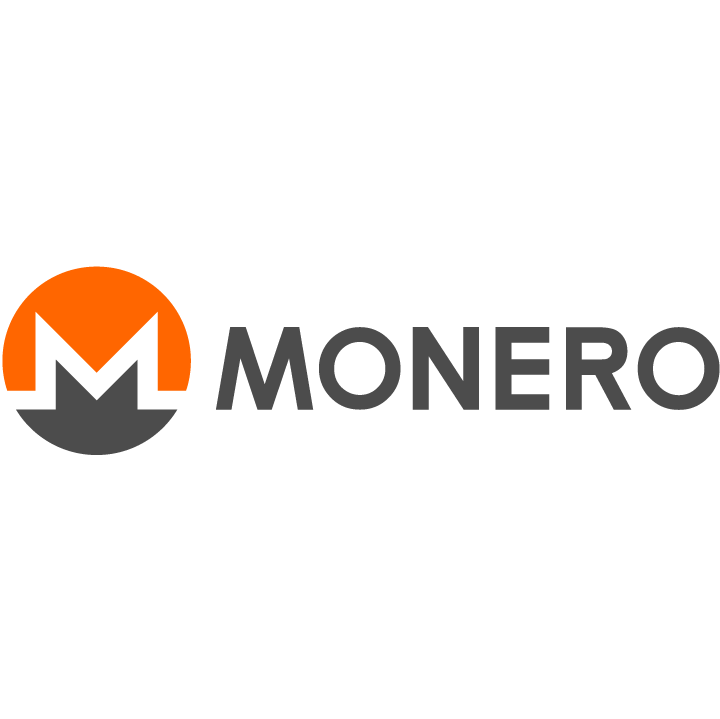How to use machine learning to predict price of Monero?
Predicting the price of Monero (or any cryptocurrency) using machine learning involves several steps, including data preparation, feature selection, model training and evaluation. Here is a general outline of how to approach this task:
Data Preparation
The first step is to gather a dataset of historical Monero prices, along with any other relevant data that may impact the price of Monero, such as market capitalization, trading volume, and news articles. This data will then need to be cleaned and preprocessed in order to make it suitable for analysis. This may include removing outliers, imputing missing values, and normalizing the data.
Feature Selection
The next step is to select the features that will be used in the machine learning model. This may include the historical price of Monero, the trading volume, market capitalization, and any relevant economic indicators. It is also possible to use sentiment analysis to incorporate market sentiment towards Monero into the model.
Model Training
Once the data has been prepared and the features have been selected, the next step is to train a machine learning model. There are several algorithms that can be used for this task, including time series forecasting methods such as ARIMA, SARIMA, or LSTM, and regression methods such as linear regression, decision trees, or random forests. The choice of algorithm will depend on the characteristics of the data and the problem being solved.
Model Evaluation
After the model has been trained, it is important to evaluate its performance to ensure that it is making accurate predictions. This can be done by splitting the data into training and testing sets, and using metrics such as mean absolute error (MAE), mean squared error (MSE), or root mean squared error (RMSE) to measure the accuracy of the predictions.
Model Optimization
If the model’s performance is not satisfactory, there are several strategies that can be used to improve it, such as hyperparameter tuning, feature engineering, or using a different machine learning algorithm. The goal is to find the combination of features and algorithm that results in the most accurate predictions.
Deployment
Once the model has been optimized, it can be deployed in a production environment to make real-time predictions. This may involve integrating the model into a trading platform or a cryptocurrency indexing website.
It’s important to keep in mind that predicting the price of Monero using machine learning is a challenging task due to the volatile nature of cryptocurrency prices. The accuracy of the predictions will depend on the quality of the data, the choice of features and algorithm, and the general state of the cryptocurrency market.
